Welcome to the latest edition of workout Wednesday when each week I share a new running or runner-specific strength training workout! Are you new here? Sign up to receive all the running, strength training and nutrition tips right in your email box each week.
This week I am sharing an effective workout to train your cardiovascular system. I know you already have a big heart, but this workout will train to give you a bigger heart so you can pump more blood and become a more efficient runner.
WHAT IS V02MAX?
V02MAX is the size of your aerobic engine, it's the maximum rate in which your muscles can consume oxygen and the best indicator of your aerobic fitness. You can train to improve your V02MAX with aerobic power intervals.
THE WORKOUT
V02max aerobic power intervals - Pin for later!
This is an intermediate level workout. You should be fairly comfortable with running before attempting this workout. You should have built up a solid running base by running on a regular basis for at least four to six weeks.
WARM UP
Always warm up before a workout. Here is a dynamic warmup to try before your next run. I also recommend this five minute hip strength workout, then jog for 5-10 minutes before you begin the workout.
3-5 MINUTES MAX HEART-RATE
The first interval is 3-5 minutes at max or near max heart-rate. The pace should be feel hard, a 9 effort on a scale from 1-10. While it should feel hard, it shouldn't be so hard that you can't maintain the pace for 3-5 minutes. If you know your 5K pace from a recent race, run this interval about 15 seconds faster than your 5K pace. You should be able to maintain a consistent pace throughout the interval. It's tough. Hang in there.
3 MINUTES RECOVERY
Recover with a brisk walk or jog to prevent heart-rate from dropping too much.
REPEAT
There is no set numbers or repetitions. You should repeat until you are fatigued. To start you may just do the work interval two times.
RECOVERY
This is the most important part of the workout. Always allow adequate time for your body to recover from hard workouts. Do not attempt to do this workout on back-to-back days. Take a rest day, an easy run day or an active recovery day on the day following this workout. Our body adapts (gets stronger and faster) during rest, not during the workout. You will not see the full benefit of hard workouts without adequate rest periods. Got it? Good.
Give it a whirl and let me know how it goes.
Like this post? It helps me when you share with your friends and followers.

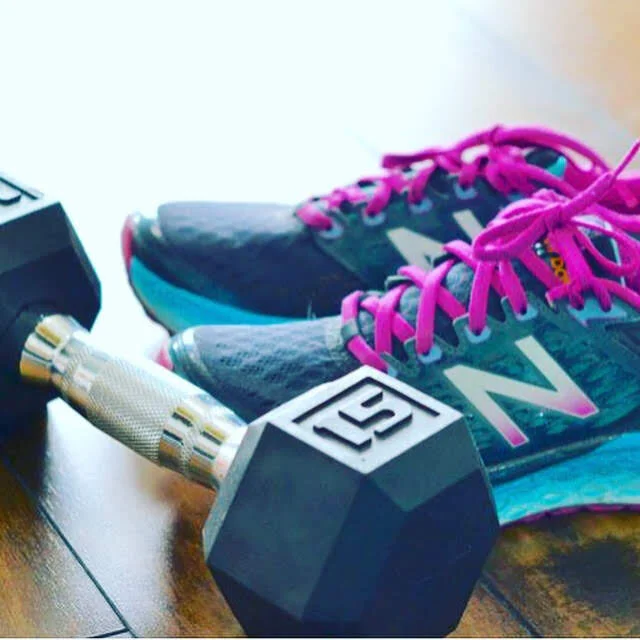



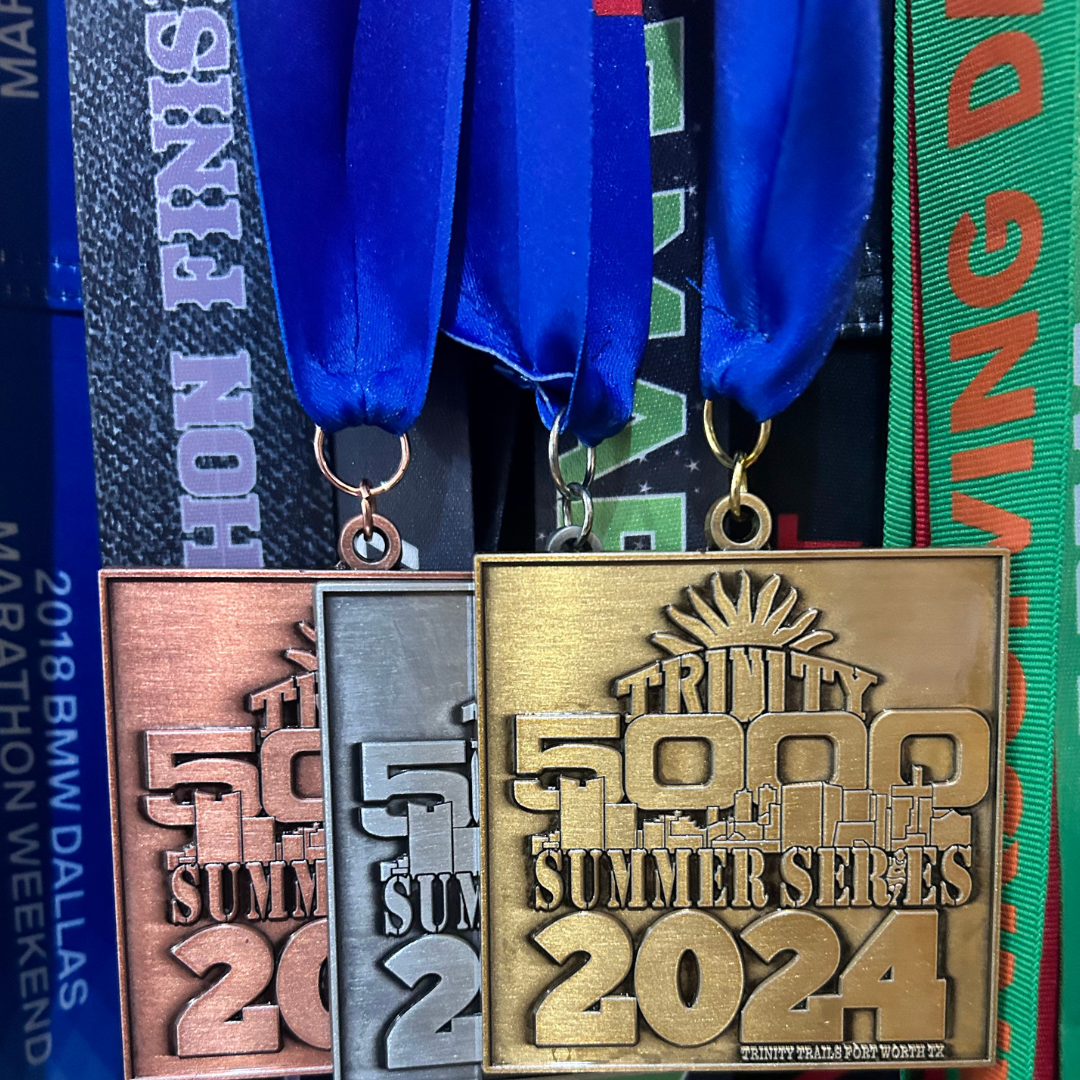











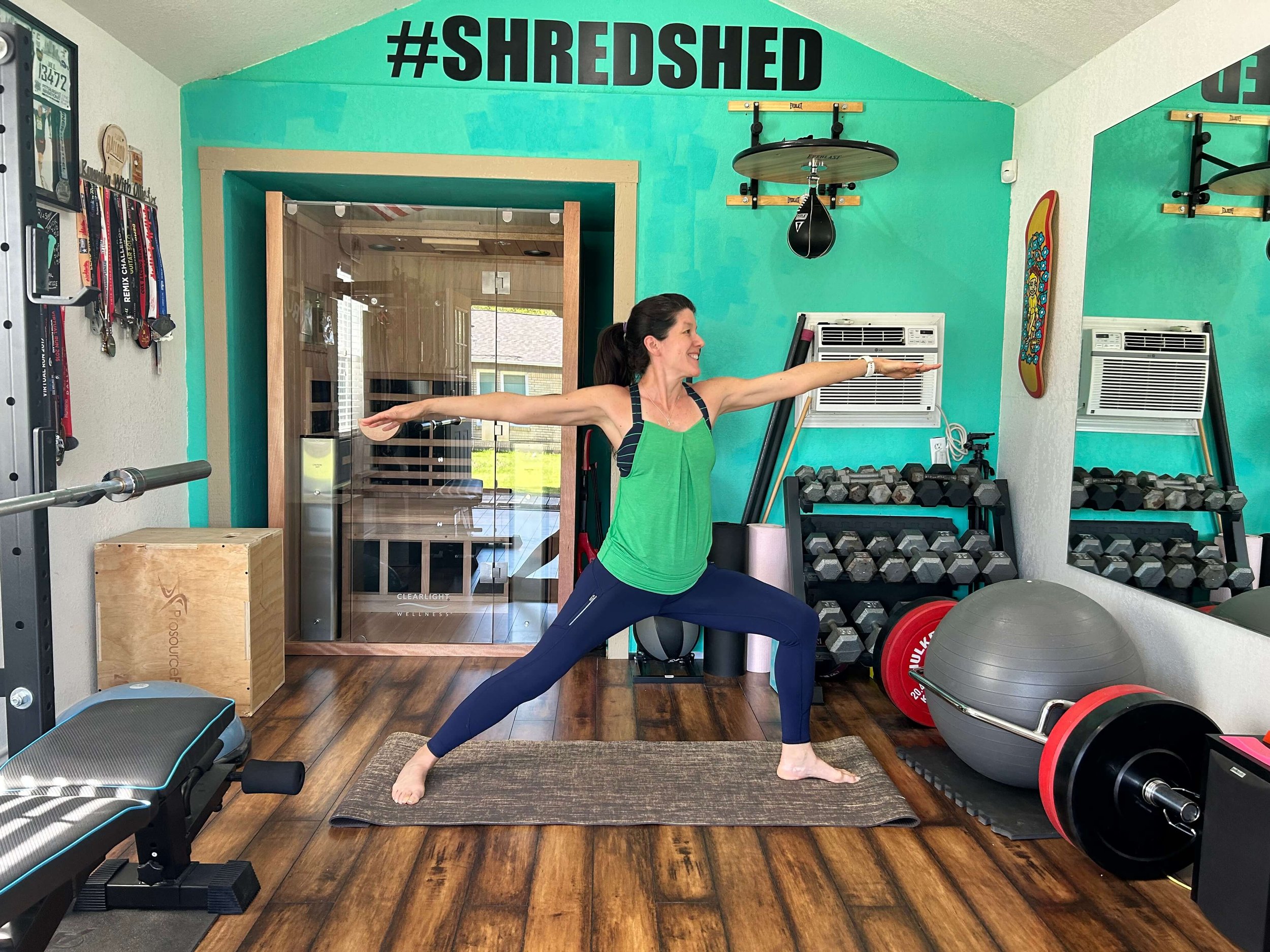



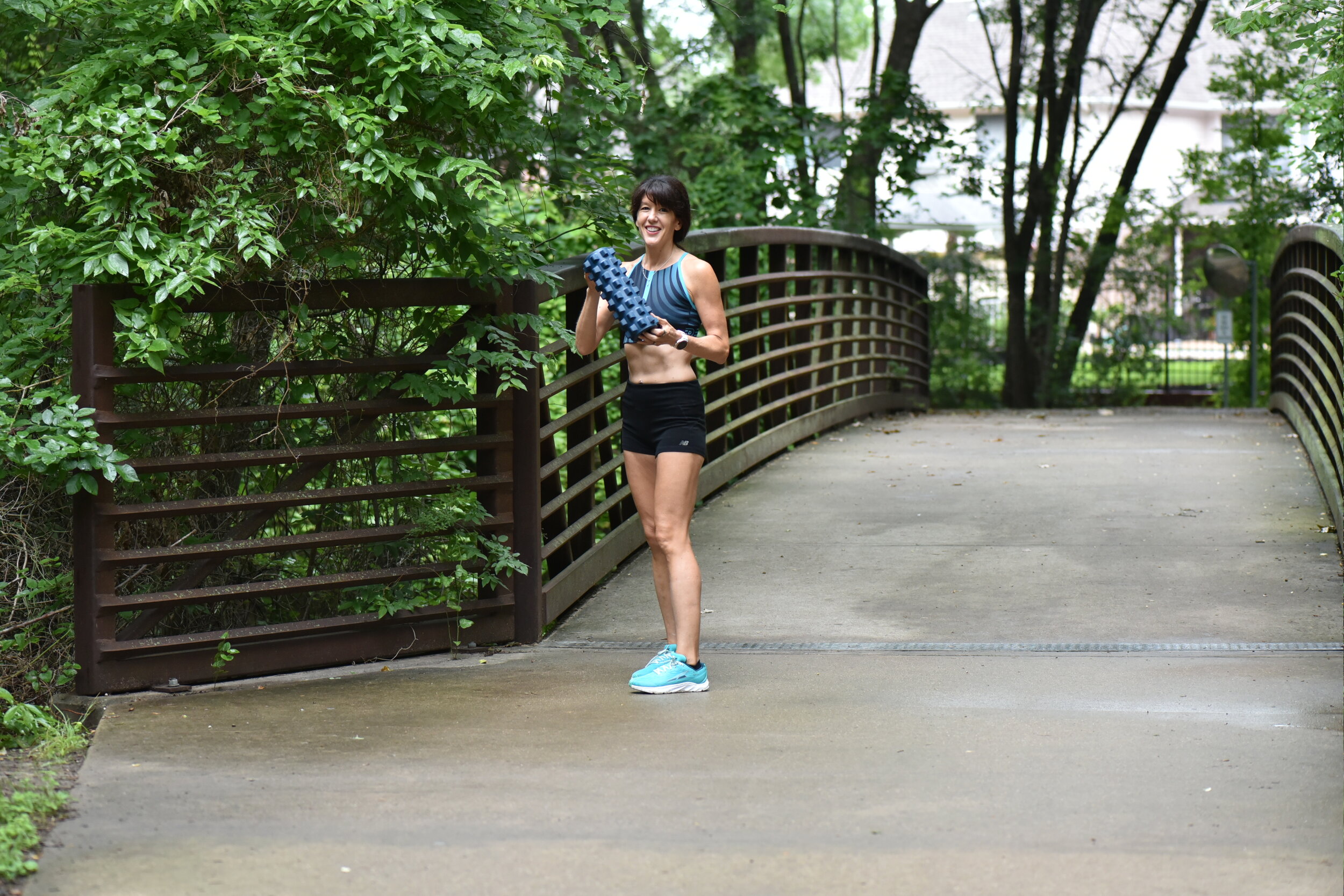








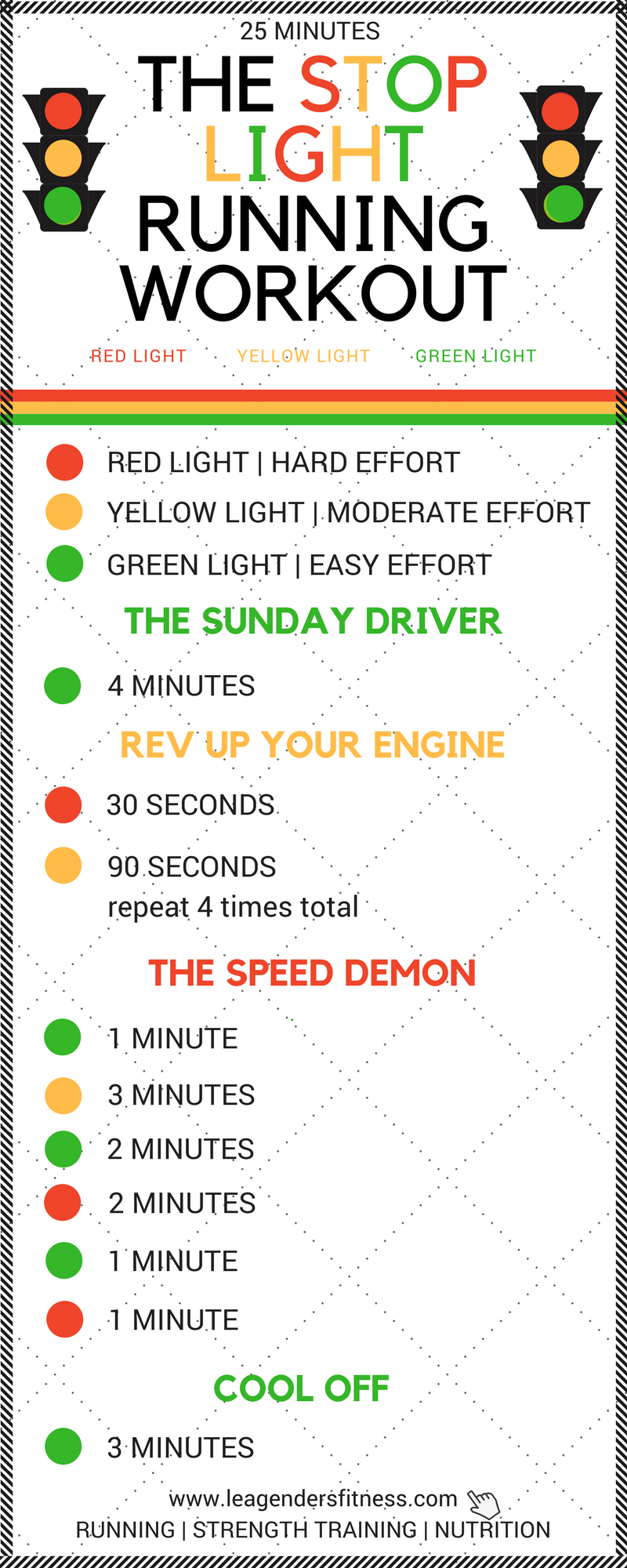

A lot of nutrition guides for half marathon training are overly complicated and aimed at elite athletes, which can be intimidating for the average runner. This blog post is about taking the pressure off by treating your fueling as a personal, no-math-required experiment throughout your 12-to-16-week training cycle. As a health coach and personal trainer, my goal is to give you simple, straightforward guidelines so you can figure out what works best for your body, ensuring you have the energy needed to train well, recover fully, and cross the finish line feeling strong.